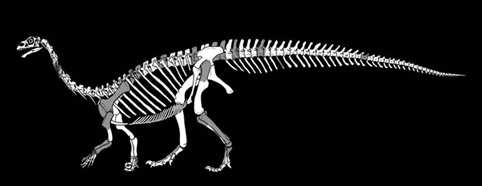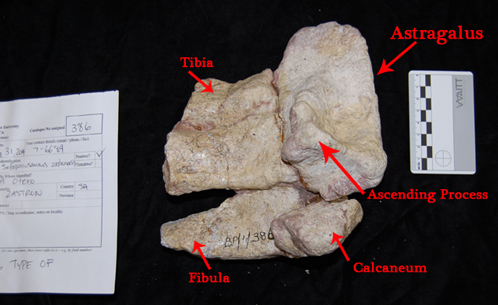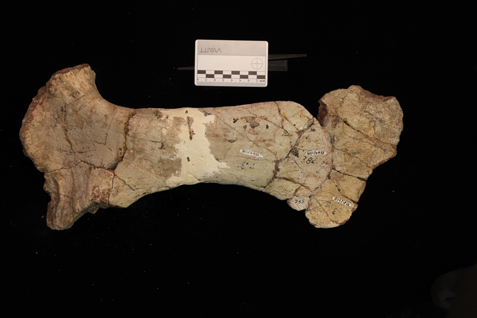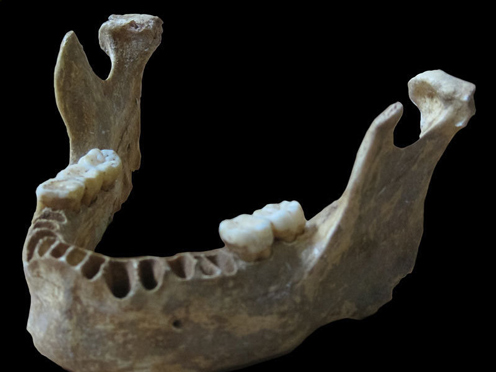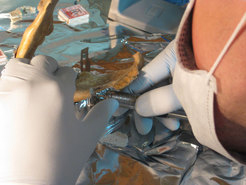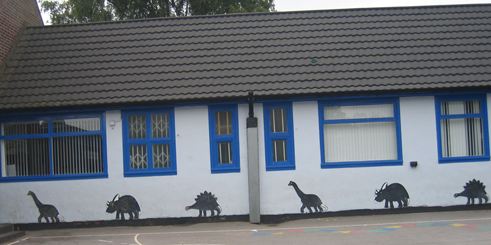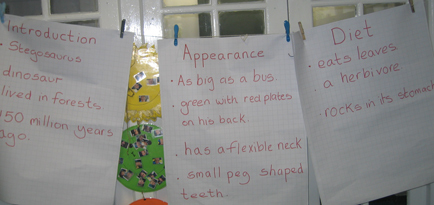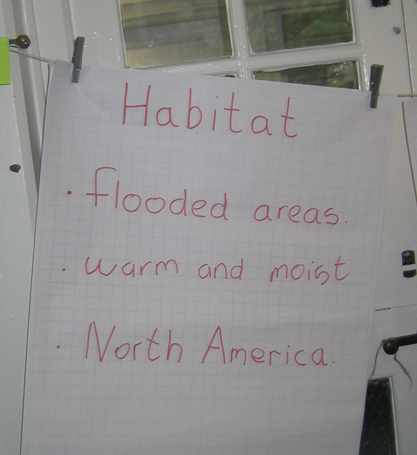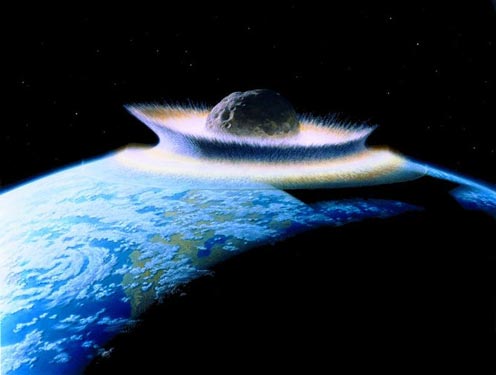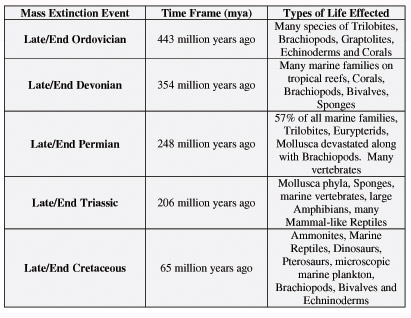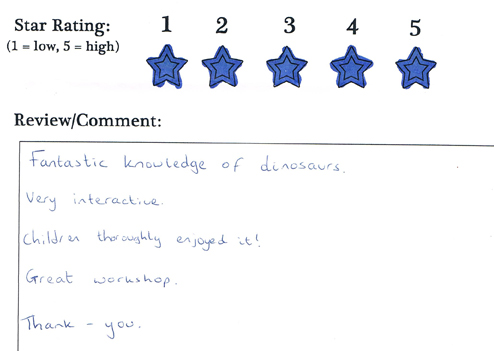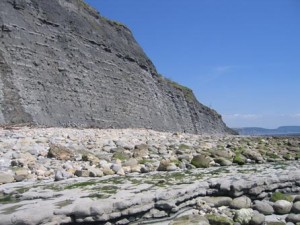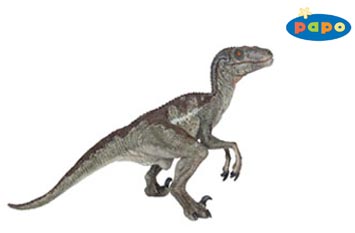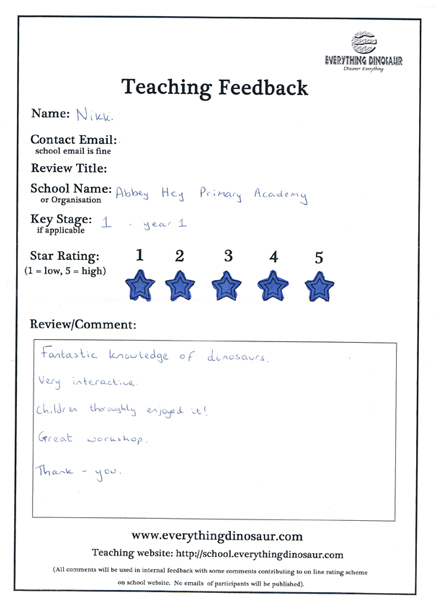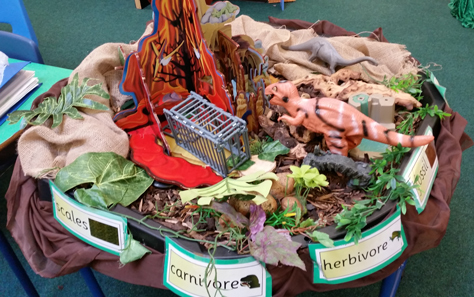New Sauropodomorph Dinosaur from South Africa
Sefapanosaurus – Another Piece in the Dinosaur Jigsaw Puzzle
Yet another example of a new genus of dinosaur found lurking in a museum collection, this time from South Africa. Team members at Everything Dinosaur often state that one of the best places to find a new dinosaur species is not out in the field but by re-examining fossil material already within a museum’s collection. New techniques have enabled palaeontologists to gain a much better understanding of known fossils, many of which might have been excavated and prepared decades earlier.
New South African Sauropodomorph
As the number of dinosaur discoveries grows, so scientists can use new fossil finds to compare and contrast already studied specimens, this can provide fresh insight and help to place a museum specimen into a wider context within the Dinosauria.
That’s exactly what happened in the case of the newly described sauropodomorph dinosaur named Sefapanosaurus zastronensis. The team of South African and Argentinian palaeontologists who made this discovery, re-classified the fossils, which had been thought to represent another South African Sauropodomorph called Aardonyx (A. celestae). Aardonyx had been named and described six years ago.
To read Everything Dinosaur’s article announcing the discovery of Aardonyx celestae: New Basal Sauropod Described.
Sefapanosaurus zastronensis
Researchers from South Africa’s University of Cape Town, the University of Witwatersrand, Museo de La Plata (Argentina) and Museo Paleontológico Egidio Feruglio (also Argentina) have published a scientific paper about this new dinosaur in the Zoological Journal of the Linnaean Society. It is hoped that S. zastronensis will help palaeontologists to better understand the phylogenetic relationships between basal Sauropodomorpha and their spread and diversity during the Late Triassic/Early Jurassic.
A Reconstruction of Sefapanosaurus zastronensis
Picture credit: University of Witwatersrand
At Least Four Individual Animals Represented
The fossils represent at least four individuals and consist of post cranial material (limb bones, foot bones and some vertebrae) and they were found back in the 1930s and resided in the collection of the Evolutionary Studies Institute (University of Witwatersrand). The Evolutionary Studies Institute houses the largest fossil collection in Africa, there are over 30,000 catalogued plant fossils and approximately 6,000 fossils from the Karoo Basin, most of the fossils originate from Africa, but there are a number of important specimens from elsewhere in the world housed at the Institute.
The Sefapanosaurus fossils were excavated from the Upper Elliot Formation (Zastron locality), the strata in this area dates from the very end of the Triassic to the beginning of the Jurassic geological period. The fossils are estimated to be around 200 million years old and they were located more than one hundred miles south of where the Aardonyx celestae fossils were found.
Studying the Ankle Bones
One of the most distinctive features of this dinosaur are the ankle bones (astragalus), they are shaped like a cross. This unique autapomorphy (distinct anatomical feature), accounts for this dinosaur’s name. The genus name comes from the word “sefapano” in the local Sesotho dialect, it means “cross”. The species name honours the small agricultural town of Zastron, which is close to where the fossils were found.
The Incomplete Left Foot (Pes) showing the Ankle Bones (Proximal View)
Picture credit: University of Witwatersrand with additional annotation from Everything Dinosaur
Tall Ascending Process of the Astragalus
One of the unique morphologies found in the fossil bones is the tall ascending process of the astragalus (ankle bone).
Anusuya Chinsamy-Turan (University of Cape Town), one of the co-authors of the scientific paper stated:
“The discovery of Sefapanosaurus shows that there were several of these transitional early sauropodomorph dinosaurs roaming around southern Africa about 200 million years ago.”
A subsequent phylogenetic analysis of basal sauropods from South American and southern Africa places Sefapanosaurus within the group of sauropodomorphs more closely related to sauropods than to the genus Massopondylus (Sauropodiformes).
Filling a Gap in Sauropod Evolution
Argentinian palaeontologist and lead author, Dr Alejandro Otero, explained that Sefapanosaurus helps to fill in the gap between the earliest Sauropodomorphs and the gigantic sauropods that are so well known, dinosaurs such as Brontosaurus, Apatosaurus, and Brachiosaurus from the Late Jurassic.
Everything Dinosaur stocks a large range of sauropod models in the Mojo Fun range of figures. To view the Mojo Fun range of prehistoric animal models: Mojo Fun Prehistoric Animal and Extinct.
“Sefapanosaurus constitutes a member of the growing list of transitional sauropodmorph dinosaurs from Argentina and South Africa that are increasingly telling us how they diversified.”
A Diverse Early Jurassic Biota
The discovery of Sefapanosaurus and other recent dinosaur fossil finds in the Southern Hemisphere reveals that the diversity of plant-eating dinosaurs in Africa and South America was remarkably high in the Early Jurassic, a time when these two continents were joined together as part of a single super-continent known as Gondwana.
A picture of the Right Scapula (shoulder blade)
Picture credit: University of Witwatersrand


